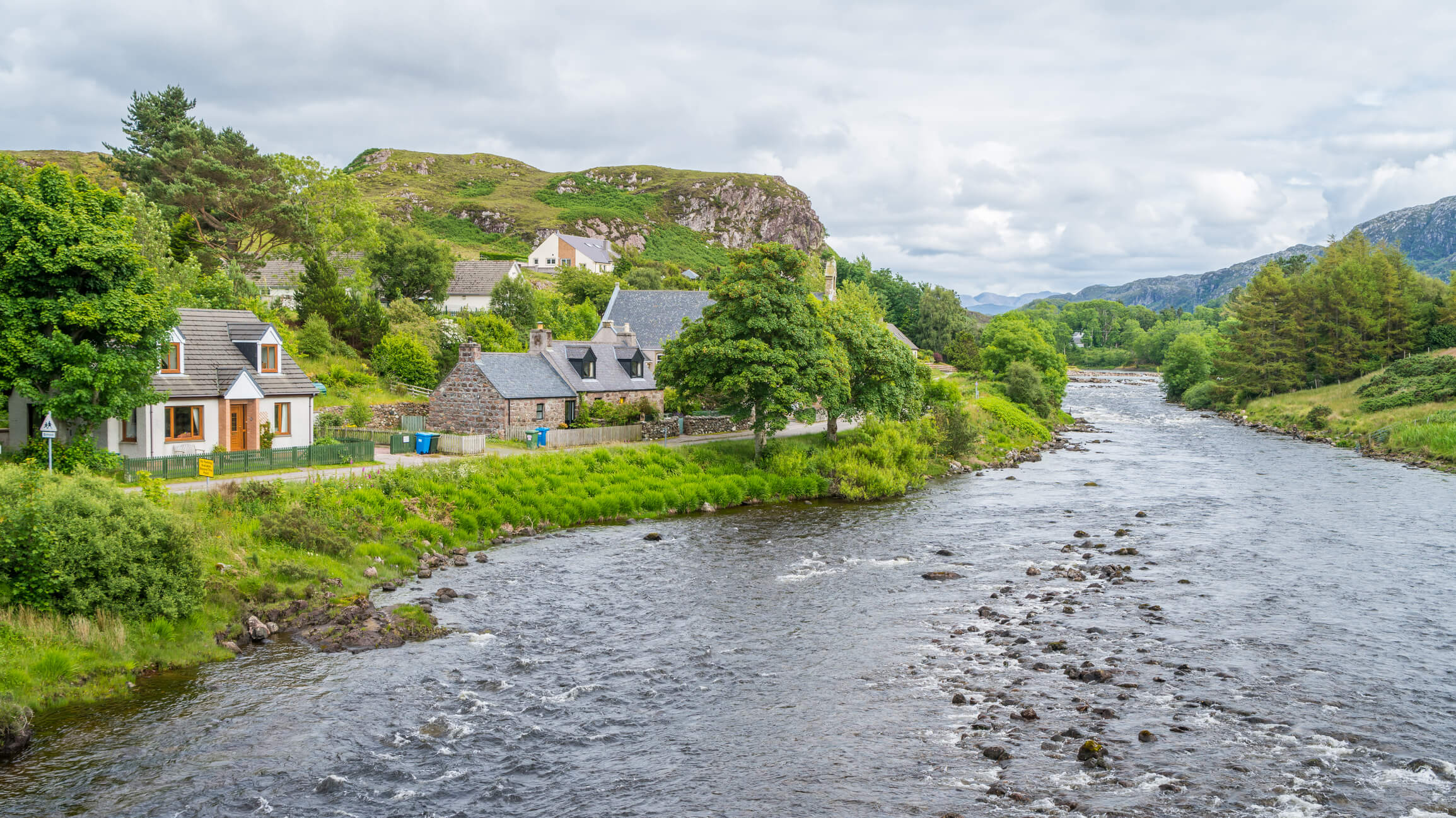Hydroelectricity
Hydroelectricity systems - also known as hydro systems, hydro turbines, or micro-hydro systems - convert potential energy into kinetic energy in a turbine, which drives a generator to produce clean, renewable electricity.
Call us on: 0808 808 2282
Hydroelectricity systems - also known as hydro systems, hydro turbines, or micro-hydro systems - convert potential energy into kinetic energy in a turbine, which drives a generator to produce clean, renewable electricity.

All streams and rivers flow downhill. Before the water flows down the hill, it has potential energy because of its height.
Hydropower systems convert this potential energy into kinetic energy in a turbine, which drives a generator to produce electricity. The greater the height and the more water there is flowing through the turbine, the more electricity generated.
The amount of electricity a system generates also depends on how efficiently it converts the moving water's power into electrical energy.
Hydroelectricity systems are also known as hydro systems, hydro turbines, or micro-hydro systems.
There are lots of benefits to installing a hydroelectricity system.
Once installed, most hydroelectricity systems last 40-50 years or longer if well maintained. Running and maintenance costs are low.
Screening water intake minimises the risk of damage caused by debris carried downstream during floods.
Costs for installing a hydro system vary, mainly depending on the location and equipment required for installation.
Hydro systems are very reliable, and maintenance costs are usually low.
The Home Energy Scotland Grant and Loan, funded by the Scottish Government, can help you cover the cost of installing a hydroelectricity system. Grant funding is unavailable, but you could borrow up to £2,500 as an interest-free loan.
On the Green Homes Network, you can read case studies of homeowners who’ve installed hydroelectricity systems.